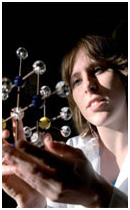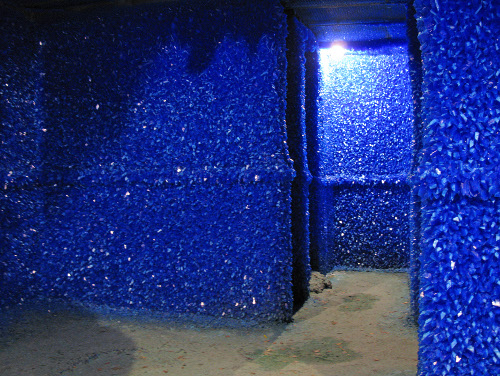Every year, Oxford Inspires organises an evening of social and cultural events in the centre of Oxford following the theme of Christmas Lights. A lot of the institutions within the city get involved, and this year that included Amber, who was invited to give a presentation at the Snowflake exhibition held at the History of Science Museum. The event was held on Friday, 23 November and the Museum opened at 6pm with talks from 7pm in the Gallery (that’s the basement to anyone else, so Amber felt at home).  Activities included:
- Mirror Snowflakes – Create an infinite variety of symmetrical snowflakes with the help of a pair of mirrors.
- Paper Crystals – Make your own snowflake decorations for Christmas.
- Dr. Judith V. Field (Birkbeck College, London), “When Stars of Snow Fell on Kepler’s Coat”
- Dr. Amber L. Thompson (University of Oxford), “Why Is Snow So Beautiful?”
The evening was very well attended with a very mixed audience.




